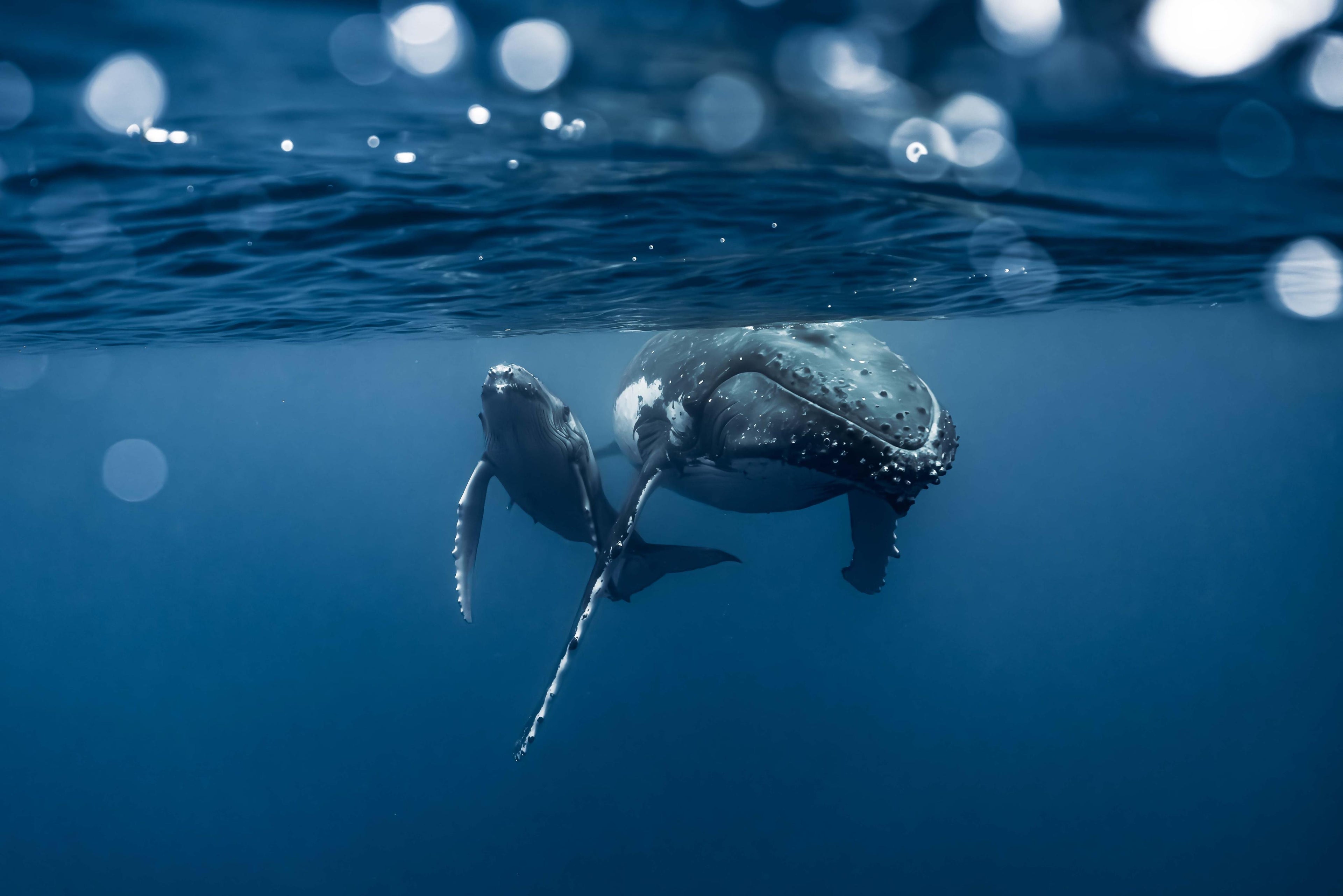Five of the world’s best whale encounter experiences
Vava’u, Tonga
Type: Humpback whales
Timing: July to October
Exclusivity: High
Swimming: Yes
Rating: 10/10
Every summer, humpback whales migrate to the warm, sheltered waters of the Vava’u archipelago in Tonga, one of the few places in the world where you can legally swim with them in the wild. The Tongan government issues a limited number of permits, helping to regulate interactions and ensure sustainable, respectful encounters.
The experience is deeply immersive, taking place in clear lagoons where mothers rest with calves and males sing in the deep. This allows divers to get right up close to these immense creatures, travelling with experienced guides who have full knowledge of how to interact naturally, and respectfully, in this environment while also understanding where best to go.
This often results in close passes with whales, creating magical moments where divers can get direct eye contact. The sheer intimacy of these interactions makes this a bucket-list destination, while the local culture enriches the experience and the remoteness of the islands adds to the feeling of exclusivity and raw connection with nature.
Arksen has secured one of these limited permits for the 2025 season and is currently offering the opportunity to a limited number of guests. Find out more... .
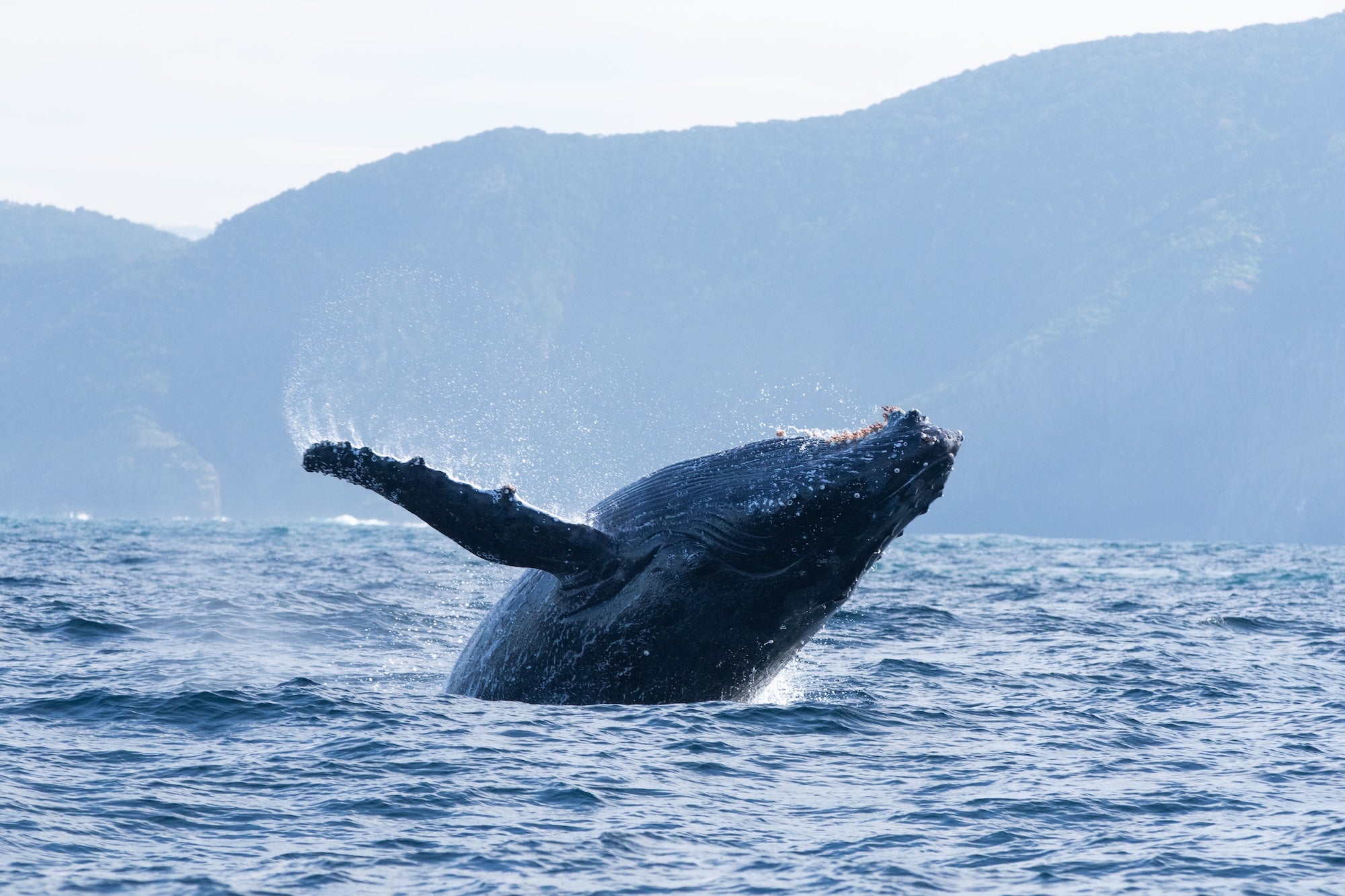
Peninsular Valdés, Argentina
Type: Southern Right Whales
Timing: June to December
Exclusivity: Medium
Swimming: No
Rating: 9/10
The rugged Patagonian coast of Argentina is stunning on its own, but when the Southern right whales arrive at the UNESCO World Heritage Site at Península Valdés, it becomes one of the world’s top spots to witness their migration. The calm regions of Golfo Nuevo and Golfo San José are a crucial breeding and calving grounds, attracting astonishing numbers.
The whales come in extremely close to shore, allowing vistors to towns such as Puerto Pirámides to see them breaching from the beach or even from the hotel window. Those who want to get even closer can take a boat tours, with massive whales often surfacing just meters away – although there is no swimming permitted in this location.
The spectacle of a 50-ton whale launching into the air or flukes slapping the surface just feet from the boat is unforgettable and the Argentine government regulates the tours strictly, ensuring responsible practices and limiting access, with guides trained to share individual histories of many whales, some of which have been returning for decades.
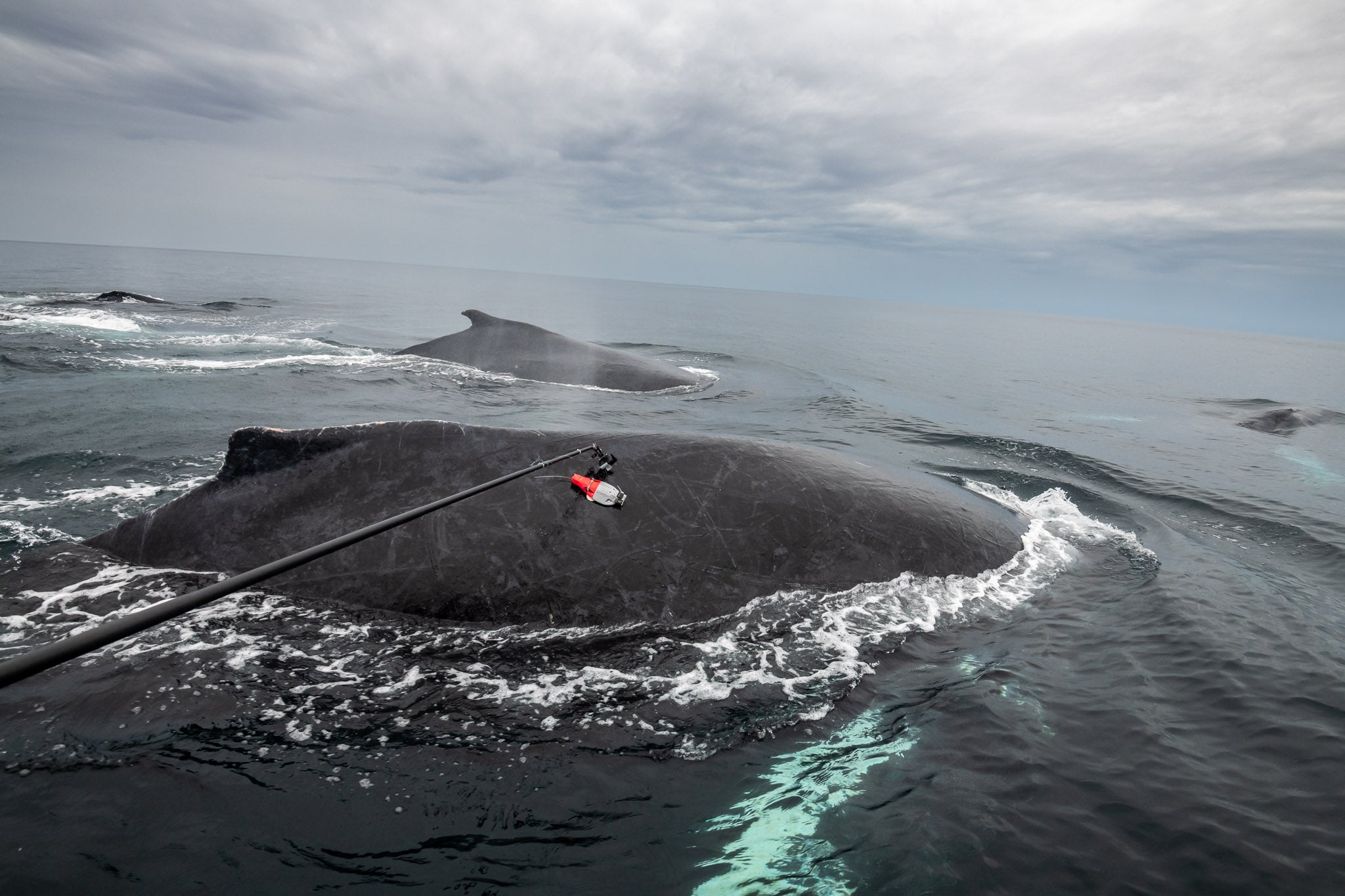
Hermanus, South Africa
Type: Southern right whales / Humpback whales
Timing: June to November
Exclusivity: Low
Swimming Allowed: No
Rating: 8.5/10
The shallow bays in this region of South Africa’s Western Cape are considered some of the world’s best for land-based whale watching. Southern right whales migrate here to breed in the shallow bays in huge numbers and are regularly visible from the cliffs, beaches and town streets throughout the region.
The town even has a ‘whale crier’ who announces sightings with a traditional kelp horn and those who want a closer look can take licensed boat tours from nearby harbours. The volume of these trips, coupled with the fact that swimming is not permitted, make for a less personal experience, which can be observational rather than immersive.
The presence of so many whales means that multiple sightings are virtually guaranteed in peak periods and the proximity to Cape Town – just two hours down the coast – makes it easily accessible for many visitors, often as a must-stop location that connects with the picturesque Garden Route along the southern coast.
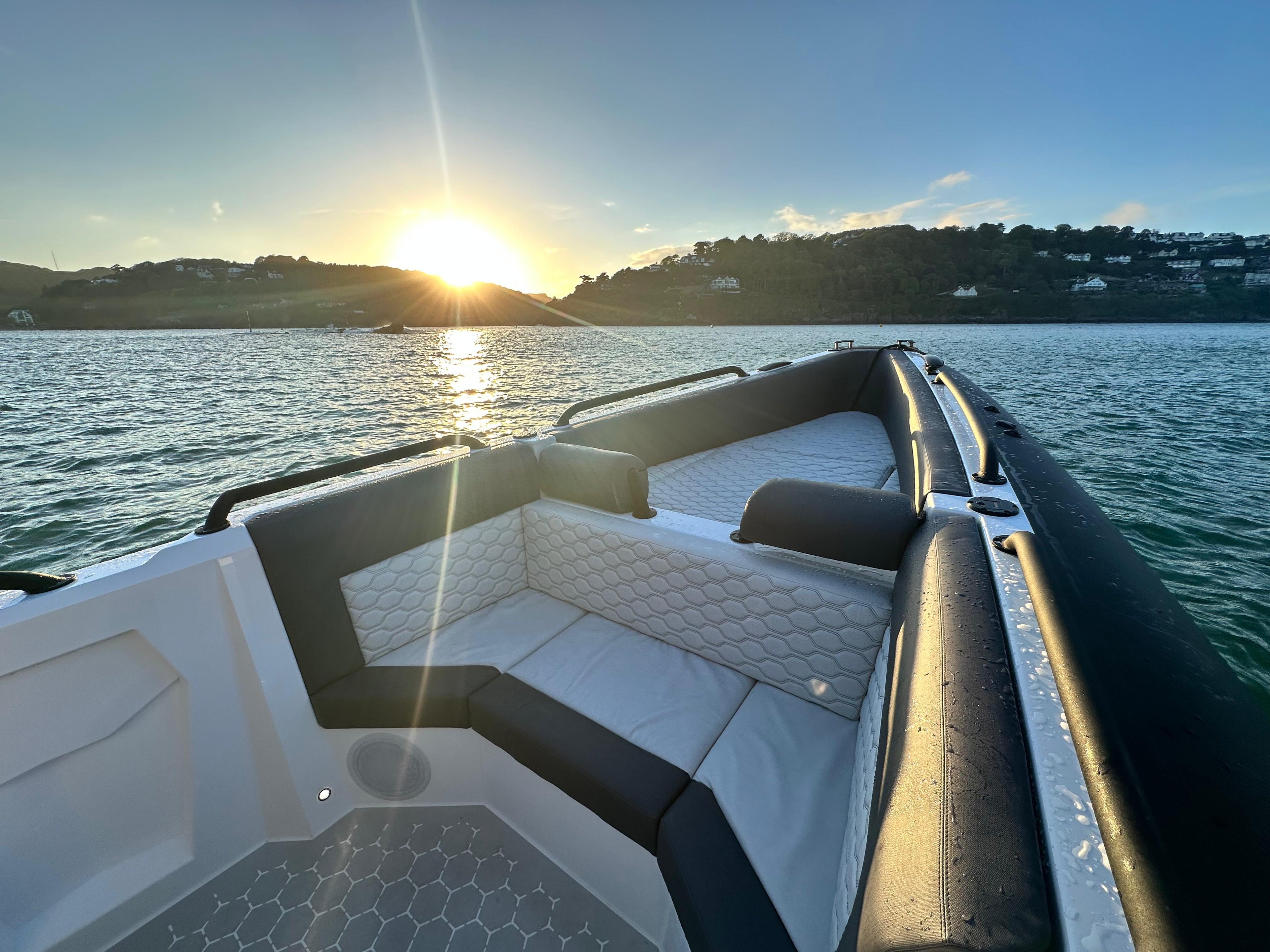
Churchill, Canada
Type: Beluga Whales
Timing: June to August
Exclusivity: High
Swimming: Yes, limited and supervised
Rating: 9/10
There are few places in the world that allow you to even see, let alone get up close to Beluga whales. In Churchill, which is more traditionally known as a polar bear tourism location – is one of those, with thousands of the magnificent Arctic creatures flooding into the Hudson Bay to create one of the most surreal Arctic wildlife experiences on Earth.
Belugas are playful, curious, vocal creatures – sometimes called the ‘canaries of the sea’ – and their social demeanour often leads them to approach boats in pods. Adventurous visitors can join them on kayaks or paddleboards – and for those who are particularly brave, there are even limited permits to snorkel with them, using extra-thick dry suits.
Their ghostly white bodies contrast dramatically with the blue-grey water, with their chirps and whistles are clearly audible even above the surface. Indeed, guided tours often include hydrophones to allow guests to listen to the whales communicate in real-time, creating a full immersion in Arctic nature.
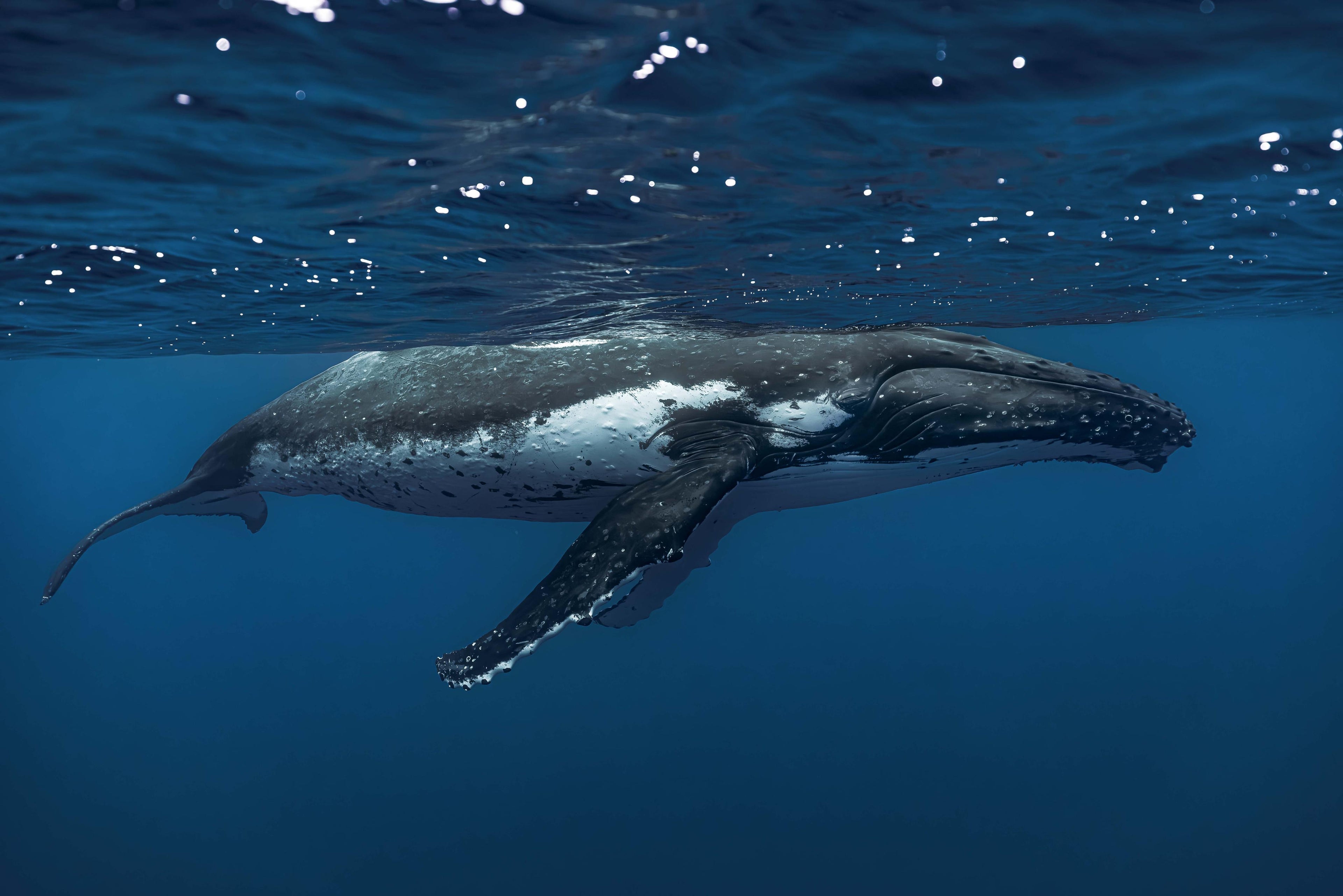
Reykjavík & Husavík, Iceland
Type: Minke, Humpback, Blue and Orca Whales
Timing: April to October
Exclusivity: Medium
Swimming: No
Rating: 8/10
This region offers one of the most diverse whale watching opportunities in Europe – perhaps even the world – with tours that regularly spot minke whales, humpbacks and even incredibly rare blue whales. The cool North Atlantic waters are rich in fish, making them ideal feeding grounds.
This is a dramatic setting, backed by glaciers, volcanoes and towering sea cliffs, and sightings are frequent and close, especially on calm days. There is no swimming allowed, due to the exceptionally cold waters and environmental protection regulations, but tours are perfect for wildlife photographers seeking a wide variety of shots.
Adventurous trips out to sea from the pretty local harbours make use of both traditional vessels and more modern and comfortable craft. They often include seabird viewing, with plentiful puffins and gannets adding to the marine spectacle, extending the experience of rich northern wildlife beyond the seas.
